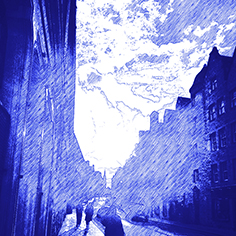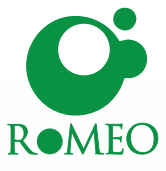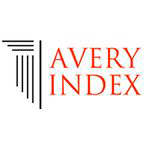Phenomenological Narratives
Exploring Space and Identity in Fiction
Abstract
This article focuses on the intersections of urban liminality and phenomenological narratives within fiction and provides a nuanced perspective on the thresholds of space and identity. By utilizing direct observation and phenomenological inquiry, it draws on the insights of urban scholars Jane Jacobs, William H. Whyte, and Kevin Lynch, as well as the philosophical underpinnings of Maurice Merleau-Ponty, to unpack the complex interrelations between individuals and their urban environments. Through the analysis of selected novels, this study illuminates the dynamic interactions between characters and their surroundings, underscoring the importance of physical and metaphorical thresholds within cities as venues for transformation, reflection, and identity shaping. The movements through these liminal spaces serve as a conduit for a phenomenological exploration of urban life, highlighting the nuanced and often ineffable aspects of urban existence. The examination reveals how fictional stories articulate the essence of urban liminality, capturing the mobility of urban spaces and the lived experiences of their inhabitants. By dissecting the journeys of characters across various urban thresholds, the research emphasises the importance of individual narratives and emotional engagements in enriching our understanding of urban landscapes. Through fictional narratives, urban liminalities are not merely understood, but perceived, encouraging a revaluation of our engagement with and narratives about the spaces we inhabit. The study posits that fictional narratives, especially novels, are powerful mediums for exploring urban thresholds, offering profound insights into the changing dynamics of space, identity, and belonging in urban settings.
Downloads

Downloads
Published
How to Cite
Issue
Section
License
Copyright (c) 2024 Yue Xin

This work is licensed under a Creative Commons Attribution 4.0 International License.
The authors keep their rights upon their work, although they transfer, in a non-exclusive way, the rights of exploitation (reproduction, publication, distribution, public dissemination and presentation) to the Journal. The authors are, therefore, free to enter additional, separate contracts for the non-exclusive distribution of the version of the work published in the Journal (for instance, by hosting in an institutional repository or publication in a book), provided credit is given that the work was initially published in this journal. The works are published under a Creative Commons Attribution 4.0 (CC BY 4.0) license.











